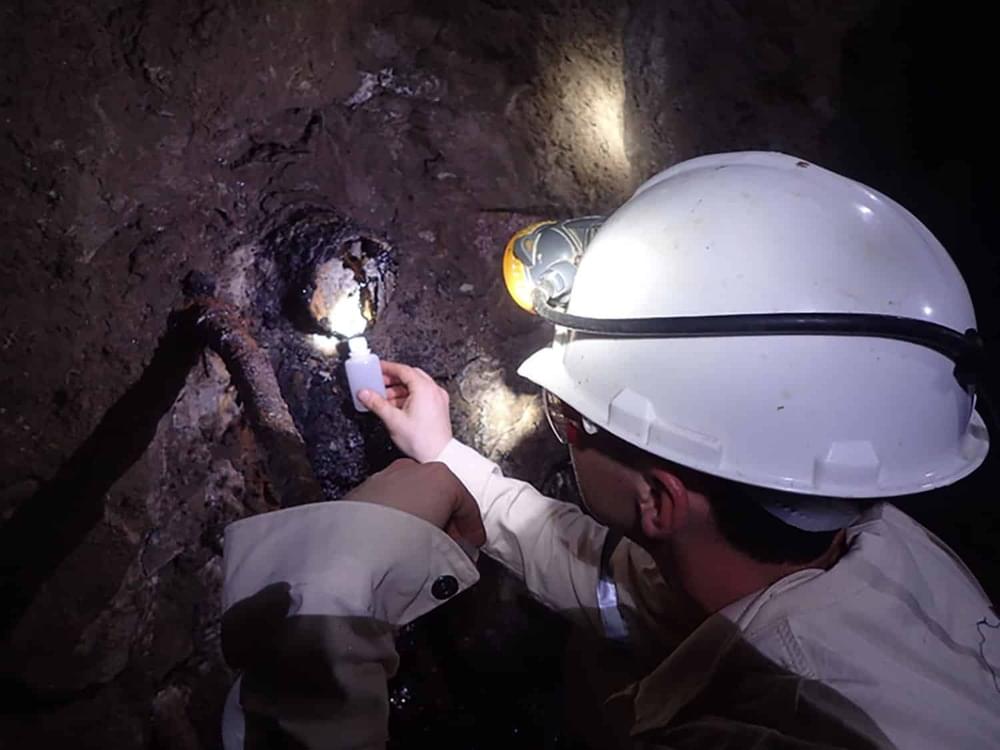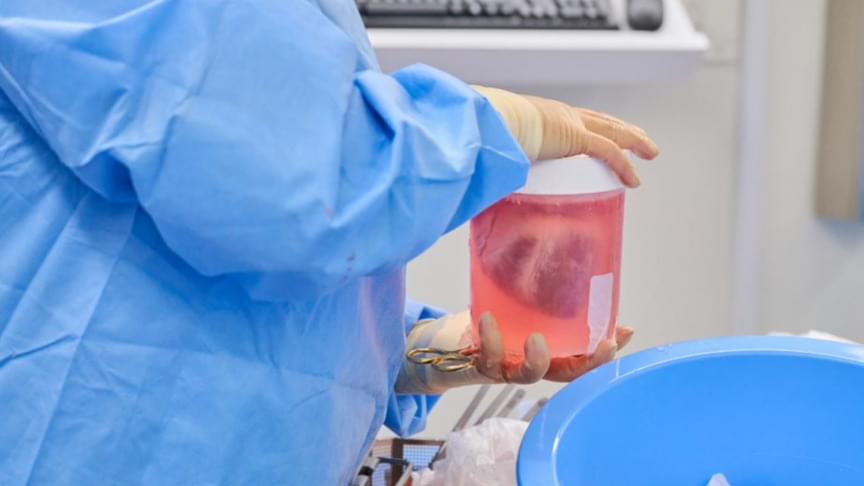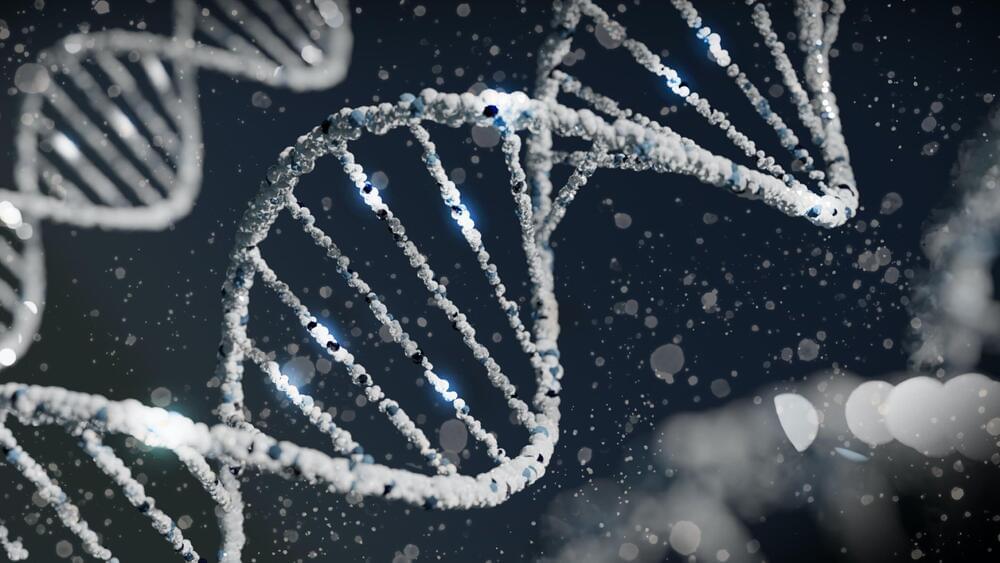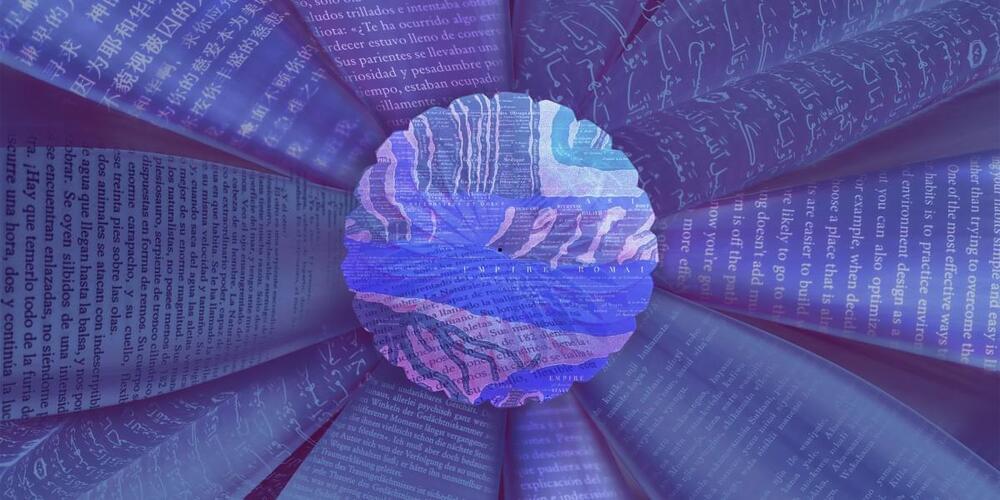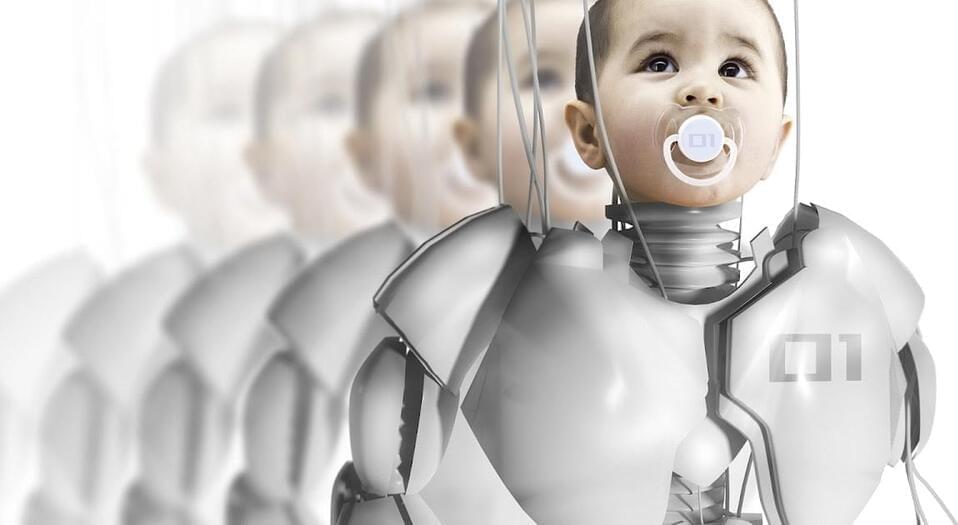The world’s water cycle is more widespread than once thought.
More than 11 years after the disaster, a court in Tokyo has awarded executives at the nuclear plant to pay monetary compensation for the damages.
The team of researchers who transplanted a genetically modified pig’s heart into a living human earlier this year have completed two more pig heart transplant surgeries, setting the protocol for such operations.
In January this year, 57-year-old David Bennett became the first man on the planet to receive a heart from a genetically modified pig. Before this, researchers transplanted kidneys from similarly modified pigs into patients that were brain dead.
The organs are sourced from a company called Revivicor which uses genetic engineering to remove specific genes in the pigs to help in reducing transplant rejection while adding some that make the organs more compatible with the human immune system.
The Neuro-Network.
𝐆𝐥𝐨𝐛𝐚𝐥 𝐭𝐞𝐚𝐦 𝐨𝐟 𝐬𝐜𝐢𝐞𝐧𝐭𝐢𝐬𝐭𝐬 𝐝𝐢𝐬𝐜𝐨𝐯𝐞𝐫 𝐧𝐞𝐰 𝐠𝐞𝐧𝐞 𝐜𝐚𝐮𝐬𝐢𝐧𝐠 𝐬𝐞𝐯𝐞𝐫𝐞 𝐧𝐞𝐮𝐫𝐨𝐝𝐞𝐯𝐞𝐥𝐨𝐩𝐦𝐞𝐧𝐭𝐚𝐥 𝐝𝐞𝐥𝐚𝐲𝐬
𝘼𝙣 𝙞𝙣𝙩𝙚𝙧𝙣𝙖𝙩𝙞𝙤𝙣𝙖𝙡 𝙩𝙚𝙖𝙢 𝙤𝙛 𝙧𝙚𝙨𝙚𝙖𝙧𝙘𝙝𝙚𝙧𝙨 𝙡𝙚𝙙 𝙗𝙮 𝙐𝘾 𝘿𝙖𝙫𝙞𝙨 𝙜𝙚𝙣𝙚𝙩𝙞𝙘𝙞𝙨𝙩 𝙎𝙪𝙢𝙖 𝙎𝙝𝙖𝙣𝙠𝙖… See more.
An international team of researchers led by UC Davis geneticist Suma Shankar has discovered a new gene implicated in a neurodevelopmental condition called DPH5-related diphthamide-deficiency syndrome. The syndrome is caused by DPH5 gene variants that may lead to embryonic death or profound neurodevelopmental delays.
Findings from their study were published in Genetics in Medicine.
“We are so excited about the novel gene discovery,” said the lead author Suma Shankar, professor in the Departments of Pediatrics and Ophthalmology and faculty at the UC Davis MIND Institute. Shankar is the director of Precision Genomics, Albert Rowe Endowed Chair in Genetics, and chief of Division of Genomic Medicine.
A patient in New Zealand became the first person to receive the biotech’s medicine, which uses base editing to turn off a specific gene in the liver and thereby lower cholesterol.
A group of over 1,000 AI researchers has created a multilingual large language model bigger than GPT-3—and they’re giving it out for free.
If you live near a river and want clean energy to power your home, we have great news for you. Belgian company Turbulent has created a fish-friendly whirlpool turbine that can be installed in only one week.
The innovative turbine can provide energy 24 hours a day for dozens of homes by being installed in most rivers and canals. It also delivers low-cost power as the generator just uses flowing water to produce energy.
It can effectively power up to 60 homes. The system has a long operating life and requires little maintenance as a self-cleaning screen captures large debris. Best of all, it can be remotely monitored.
Artificial intelligence (AI) systems are already far superior to humans in some tasks, such as playing Go or processing enormous amounts of data, yet even just a few months after we are born, AI is still far behind us in many other areas.
For instance, even very young kids instinctively understand that an object shouldn’t disappear and then reappearance somewhere else. Babies react with amazement when they witness such a magic trick.
Summary: Study reveals those who microdosed psilocybin for 30 days showed greater improvements in mood, mental health, and psychomotor abilities than those who did not microdose. The findings have positive implications for the use of psychedelics to help treat mental health disorders.
Source: University of British Columbia.
The latest study to examine how tiny amounts of psychedelics can impact mental health provides further evidence of the therapeutic potential of microdosing.
Scientists and astronomers have been busy at work to monitor the sky, and they have updated the course of an asteroid that was meant to strike Earth.
